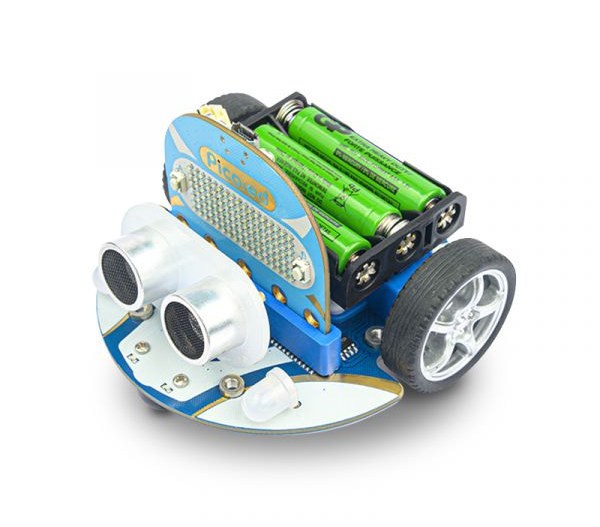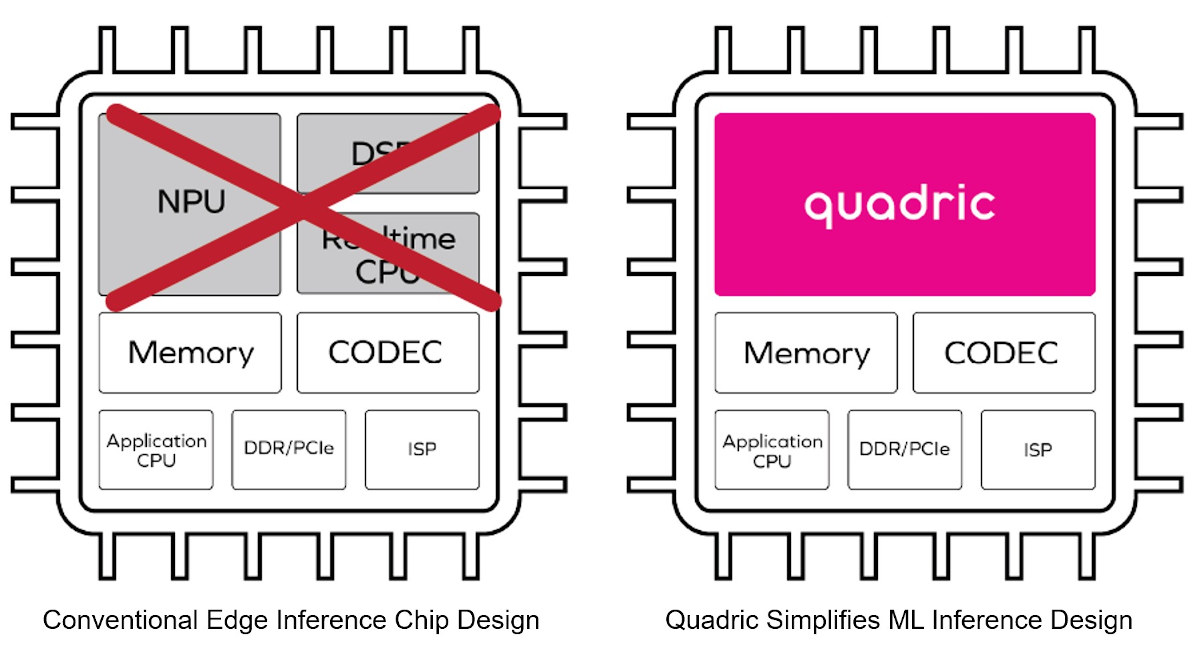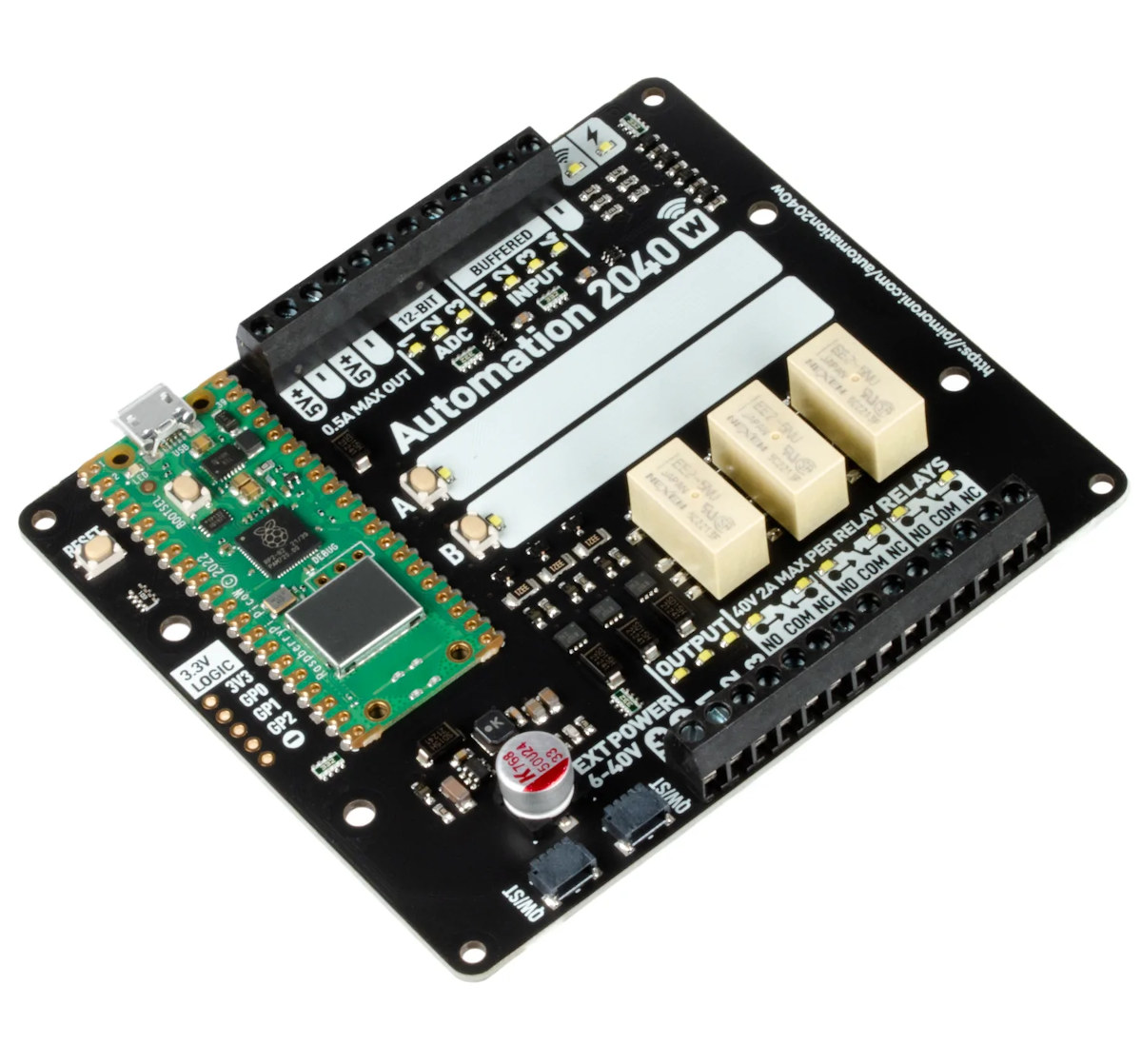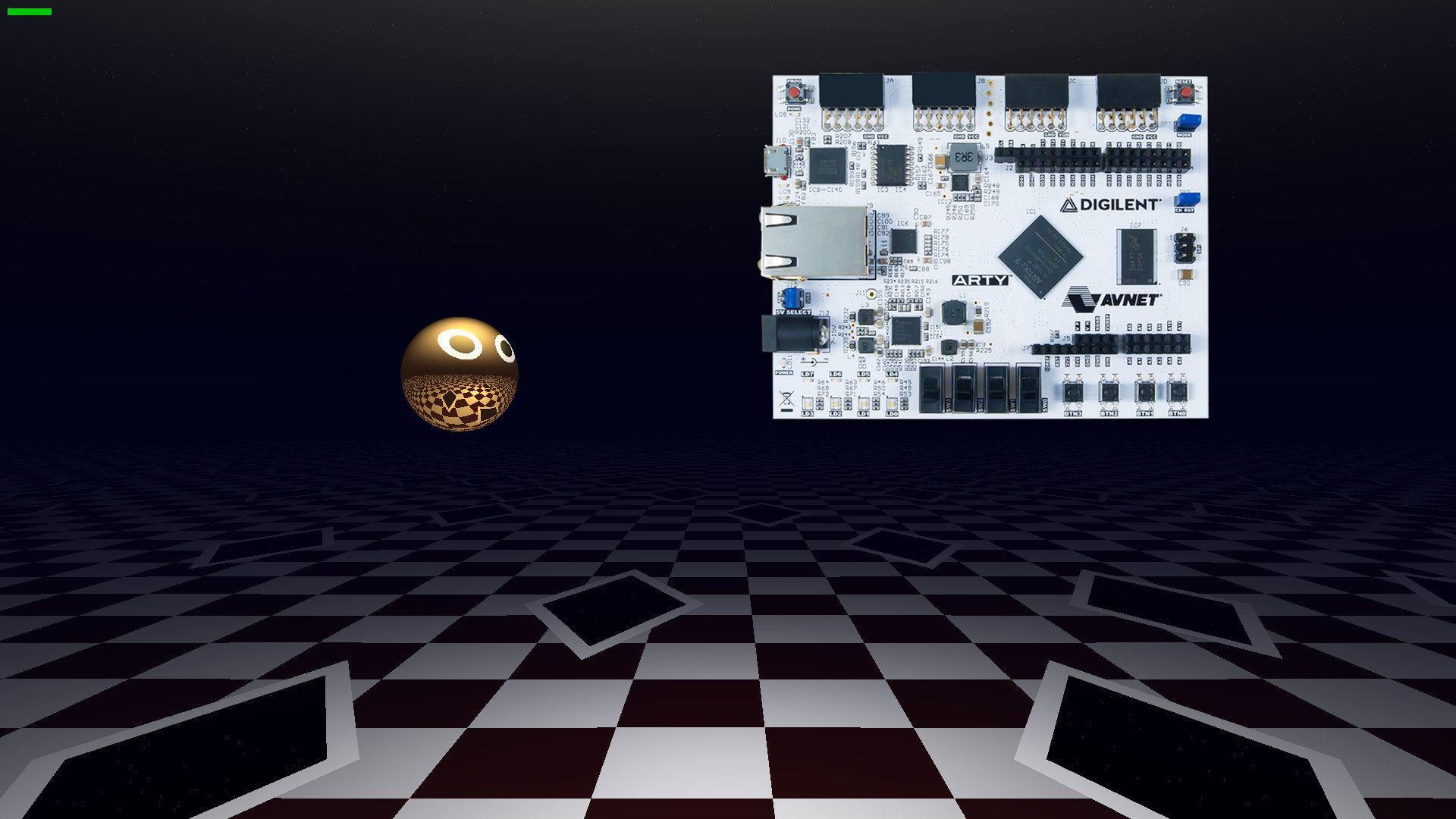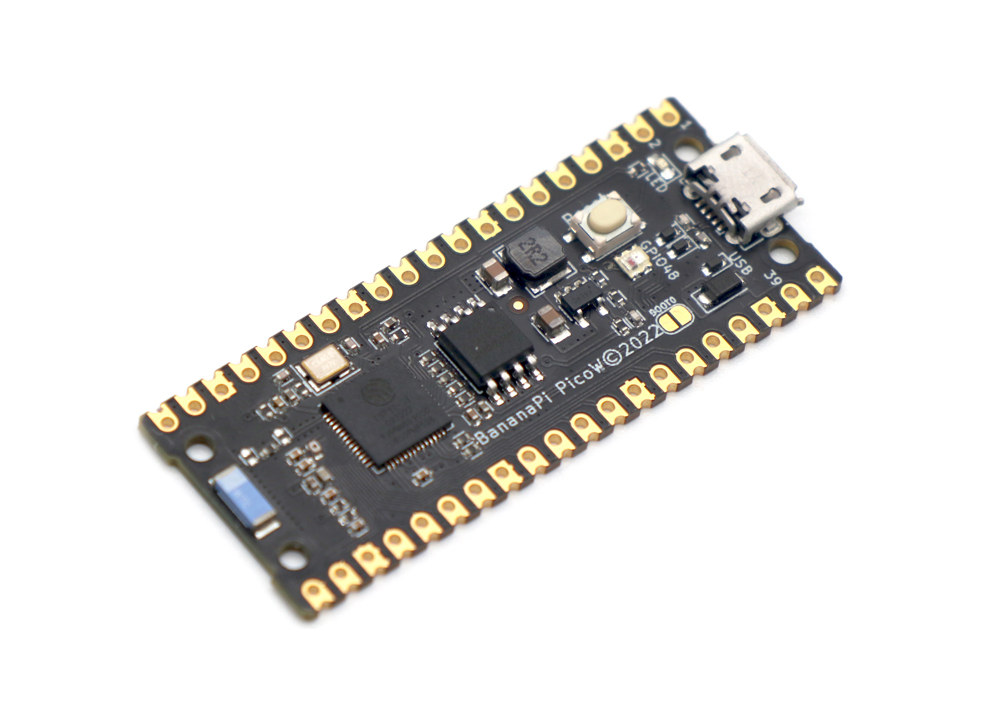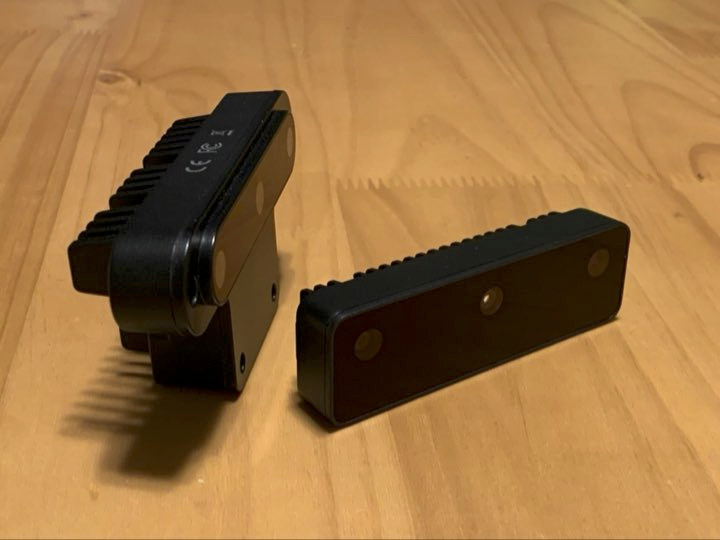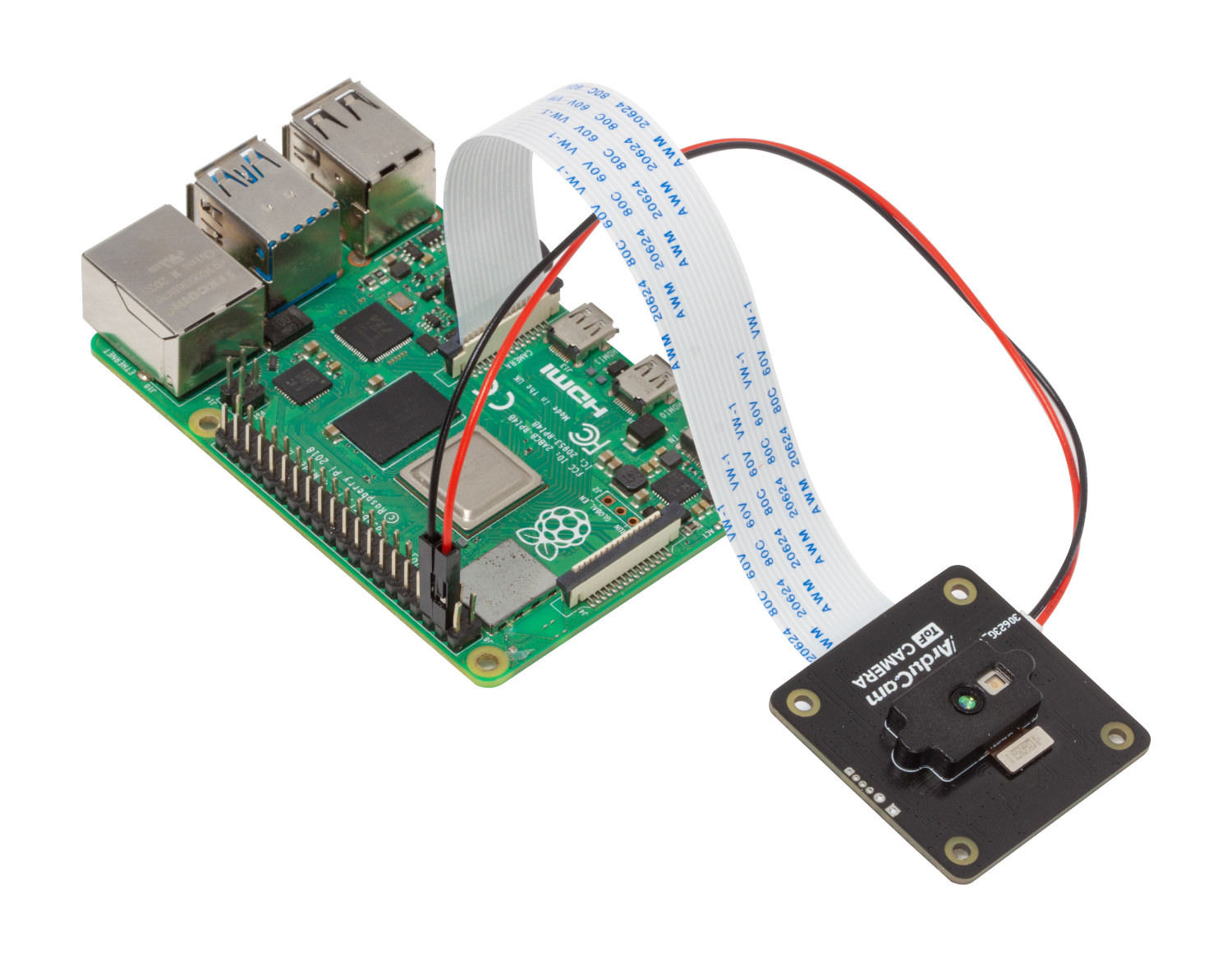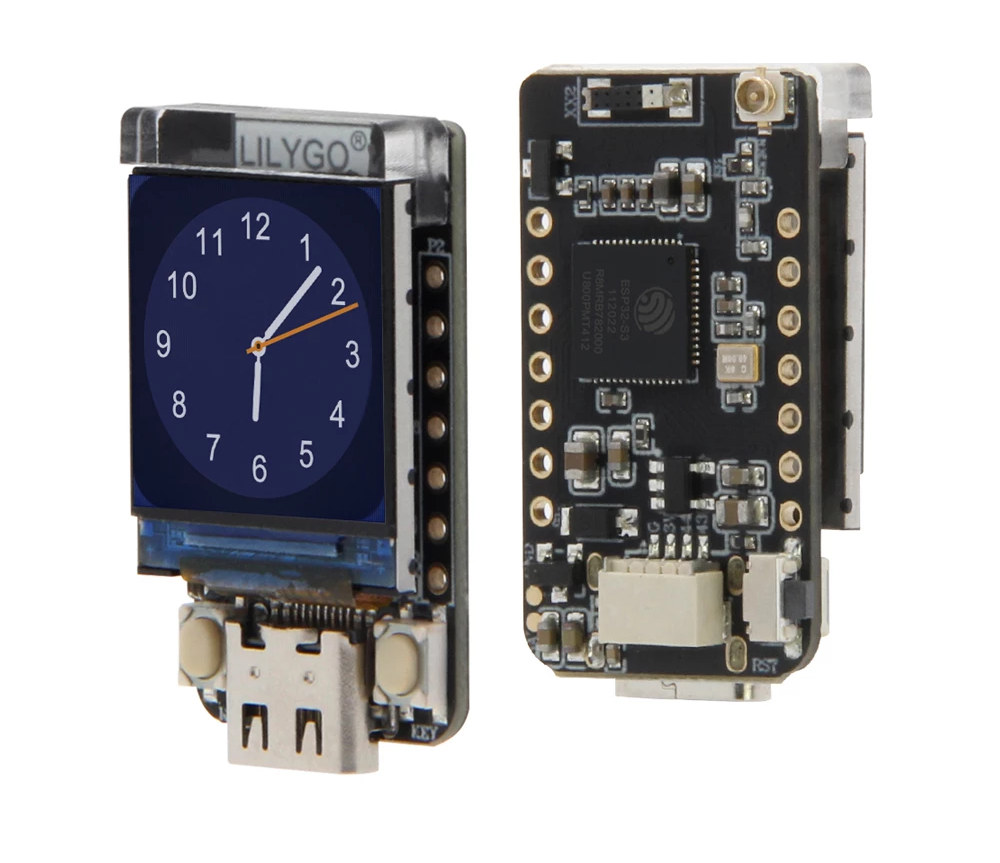The third prize of this year’s giveaway week comes courtesy of ELECFREAKS which offers a Cutebot Pico:ed kit based on the Pico:ed board with a Raspberry Pi RP2040 microcontroller and following BBC Micro:bit form factor. The kit also includes two high-speed motors to drive two wheels, ultrasonic & distance sensors, two RGB LED lights and clearance lamps on the bottom, two line-tracking probes, and an active buzzer used as a horn. It is powered by three AAA batteries. The company initially me asked me if I wanted to review the board/robot, but since I may not have the time to do so, I asked whether they wanted to be included in our yearly giveaway week which they accepted. The company provides instructions to program the robot with “Micro block” visual programming IDE, C++, and CircuitPython. You’ll find resources to get started and eight projects for the robot in the Wiki. […]
Quadric Chimera GPNPU IP combines NPU, DSP, and real-time CPU into one single programmable core
A typical chip for AI or ML inference would include an NPU, a DSP, a real-time CPU, plus some memory, an application processor, an ISP, and a few more IP blocks. Quadric Chimera GPNPU (general purpose neural processor unit) IP combines the NPU, DSP, and real-time CPU into one single programmable core. According to Quadric, the main benefit of such design is simplifying system-on-chip (SoC) hardware design and subsequent software programming once the chip is available thanks to a unified architecture for machine learning inference as well as pre-and-post processing. Since the core is programmable it should also be future-proof. Three “QB series” Chimera GPNPU cores are available: Chimera QB1 – 1 TOPS machine learning, 64 GOPS DSP capability Chimera QB4 – 4 TOPS ML, 256 GOPS DSP Chimera QB16 – 16 TOPS ML, 1 TOPS DSP Quadric says the Chimera cores can be used with any (modern) manufacturing process […]
Automation 2040 W board supports 6V to 40V I/Os, ships with Raspberry Pi Pico W
Pimoroni Automation 2040 W is an industrial/automation controller based on the Raspberry Pi Pico W board that supports I/Os from 6V up to 40V and offers 2.4GHz WiFi 4 connectivity. The board offers plenty of interfaces including the ADC inputs, four digital inputs, three digital outputs, and three relays whose signals are all available through screw terminals, as well as two Qwiic/STEMMA QT connectors for further expansion. Automation 2040 W specifications: Controller – Raspberry Pi Pico W with Raspberry Pi RP2040 dual-core Cortex-M0+ microcontroller @ 133 MHz with 264KB SRAM, 2MB flash, 802.11b/g/n WiFi 4 module I/Os 3x 12-bit ADC inputs up to 40V 4x digital inputs up to 40V 3x digital sourcing outputs at V+ (supply voltage) with 4A max continuous current 2A max current at 500Hz PWM 3x relays (NC and NO terminals) supporting 2A up to 24V, 1A up to 40V 3.5mm screw terminals for inputs and […]
3D game running on FPGA shown to be 50x more efficient than on x86 hardware
Sphery vs. shapes is an open-source 3D raytraced game written in C and translated into FPGA bitstream that runs 50 times more efficiently on FPGA hardware than on an AMD Ryzen processor. Verilog and VHDL languages typically used on FPGA are not well-suited to game development or other complex applications, so instead, Victor Suarez Rovere and Julian Kemmerer relied on Julian’s “PipelineC” C-like hardware description language (HDL) and Victor’s CflexHDL tool that include parser/generator and math types library in order to run the same code on PC with a standard compile, and on FPGA through a custom C to VHDL translator. More details about the game development and results are provided in a white paper. Some math functions were needed, including: floating point addition, subtraction, multiplication, division, reciprocals, square root, inverse square roots, vector dot products, vector normalization, etc. Fixed point counterparts were also used for performance reasons and to […]
$5.5 Banana Pi BPI-PicoW-S3 ESP32-S3 board follows Raspberry Pi Pico W form factor
Banana Pi’s BPI-PicoW-S3 is a development board following the Raspberry Pi Pico W form factor, but based on Espressif System ESP32-S3 dual-core microcontroller offering both WiFi 4 and Bluetooth LE connectivity. The Raspberry Pi SBCs have inspired many designs, but the Raspberry Pi Pico MCU boards less so. So far, I had only seen the WeAct RP2040 board with the same layout except for a USB Type-C port and a 16MB flash. But the Banana Pi BPI-PicoW-S3 provides a direct alternative to the Raspberry Pi Pico W with a more powerful microcontroller, vector instructions for AI acceleration, BLE, and about the same price at $5.5 plus shipping. Let’s see how the BPI-PicoW-S3 specifications compare to the ones of the Raspberry Pi Pico W in the table below. While the power signal (5V, 3.3V, GND) and GPIO numbers are the same on both boards, there are a few variations here and […]
Luxonis OAK-D series 2 USB and PoE cameras integrate 3D depth and AI for robotics applications
Luxonis OAK-D Series 2 are the second-generation of USB or PoE cameras with 3D depth and a built-in AI accelerator mostly used for computer vision in robotics applications. We first wrote about Luxonis’ DepthAI module for Raspberry Pi based on the Intel Myriad X AI accelerator in 2019, and later found the module integrated into OpenCV AI Kit Lite, aka OAK-D Lite camera. The second-generation OAK-D cameras replace the module with a Robotics Vision Core 2 (RVC2) “chip-down design” equipped an SoC and Myriad X AI accelerator for up to 4 TOPS of processing power, including 1.4 TOPS for AI inference. Luxonis OAK-D Series 2 specifications and features: Robotics Vision Core 2 based on Myriad X AI accelerator 4 TOPS of processing power (1.4 TOPS for AI) Video encoding – H.264, H.265, MJPEG @ 4Kp3, 1080p60 Computer vision – Warp/dewarp, resize, crop via ImageManip node, edge detection, feature tracking, custom […]
Arducam ToF camera adds depth sensing to Raspberry Pi for $30 (Crowdfunding)
Arducam has launched of Time-of-Flight (ToF) camera module for Raspberry Pi that enables depth sensing by capturing 3D data (at 240×180 resolution) at a distance of up to 4 meters. Arducam has launched several cameras for Raspberry Pi boards over the years, more recently the Arducam Pi HawkEye 64MP camera, but the Arducam ToF camera is quite different, as while it still connects to the MIPI CSI connector of the SBC, it is used to measure distances and depth and display 3D data. Arducam ToF camera specifications: Compatibility – Any Raspberry Pi board with a MIPI CSI connector Effective number of pixels – 240×180 Frame Rate Up to 120 fps (sensor) Up to 30 fps (when processed by a Raspberry Pi using 4-phases RAW frames) Sensor size – 1/6-inch Modulation Frequency – 75MHz/37.5MHz Viewing Angle – 70° Diagonal Light Source – 940nm VCSEL illuminator Output Formats 4-phases RAW Frame Depth […]
LILYGO T-QT V1.1 – A cute little board with ESP32-S3 and a 0.85-inch color display
LILYGO must be churning out at least one new “ESP32” board every month, but I don’t think they’ve ever made one with ESP32-S3. LILYGO T-QT V1.1 board changes that and combines the dual-core WiFi 4 and Bluetooth LE 5.0 AI microcontroller with a 0.85-inch color display. The board also happens to be rather small and cute with a 33 x 18 mm form factor, offers some I/O via headers and a 4-pin connector, and can be powered via its USB Type-C port or a battery, but lacks a charging circuit. LILYGO T-QT V1.1 specifications: Wireless MCU – Espressif Systems ESP32-S3 dual-core Tensilica LX7 @ up to 240 MHz with vector instructions for AI acceleration, 512KB RAM, wireless connectivity Storage – 8MB flash Connectivity via ESP32-S3 2.4 GHz 802.11 b/g/n Wi-Fi 4 with 40 MHz bandwidth support Bluetooth Low Energy (BLE) 5.0 connectivity with long-range support, up to 2Mbps data rate. […]


